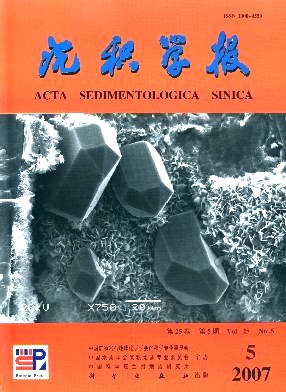Hydrocarbon Generation Mechanism and Evolution Characteristics of Biomarkers on LowEvolutionary Source Rocks of the Salt Lacustrine Facies
- Received Date: 1900-01-01
- Rev Recd Date: 1900-01-01
- Publish Date: 2007-10-10
-
Key words:
- lowevolutionary source rocks
Abstract: Investigation of the thermal simulation of lowevolutionary source rocks bitumen “A” of the salt lacustrine facies in Qaidam Basin indicated that the range of temperature on the hydrocarbon generating fastigium in the thermal function are 200~270℃, and the source rocks are characterized by high relative abundance of the nonhydrocarbon and asphaltene. The mature velocity of the biomarkers are different from the immature to lowmature to highmature oil, and it’s sequence is alkane>hopane>sterane. The polar compound in the nonhydrocarbon and asphaltene, which have some atom other than carbon, have some reactions after 300℃ in thermal simulation, for instance, dehydroxylation, decarboxylation, decarbonyl and the chain cleavage. The ratio of sterane C29ββ/(ββ+αα) is very high in lowevolutionary stage, indicating that there are some bacteriumgerms in this area. In low temperature range of lowevolutionary source rocks in Qaidam Basin have generated a significant volume of hydrocarbon, consequently the activation energy of source rocks would become down because the depositional organic matter have been rebuilt by the bacteriumgerms.
| Citation: | MENG Qianxiang. Hydrocarbon Generation Mechanism and Evolution Characteristics of Biomarkers on LowEvolutionary Source Rocks of the Salt Lacustrine Facies[J]. Acta Sedimentologica Sinica, 2007, 25(5): 800-807. |






 DownLoad:
DownLoad: